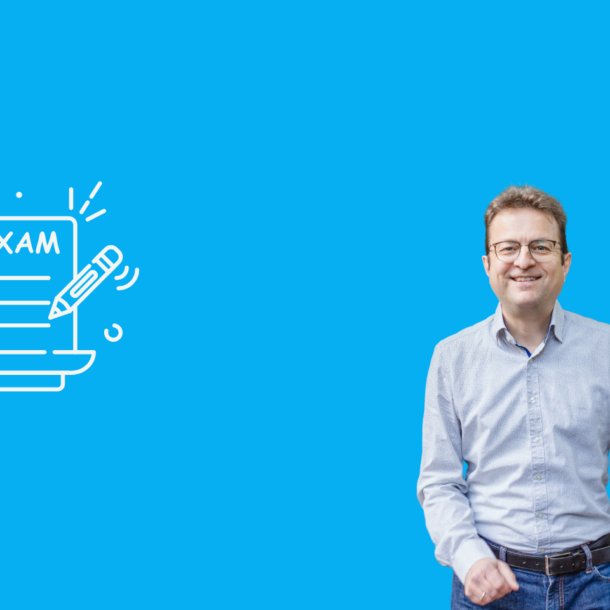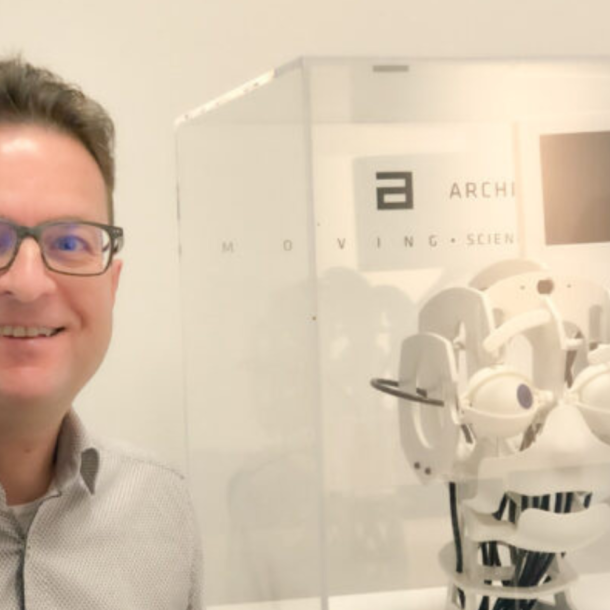
Am I Coaching the Whole Person or Just a Problem?
Ask 100 people what “coaching” means, and you’ll get 100 different answers. I encounter this every time I start with a new coachee. That’s why establishing a strong alliance from the outset is essential, offering clear expectations of what coaching is—and isn’t. Often, coachees come in expecting me to give advice or share tips.
One of our co-active trainers used a powerful visualization for this: imagine a coachee standing in front of a rock, entirely focused on it. Coaching the problem would mean examining the rock and figuring out ways to remove it. In contrast, coaching the whole person means helping coachees grow by tapping into their resources, creativity, emotions, body, mind, and spirit—so they can see the flowers and richness of life beyond the rock. This is about supporting the coachee’s whole self, fully expressed.
During my intermediate co-active coaching training, I realized that the coach I had previously wasn’t coaching me as a whole person. At that time, I was struggling with my manager over my desire for more freedom in leading my team, so I sought out an internal coach. As I’m now a coach I can assess that this internal coach did not coach me as a whole person, but offered mentoring. They didn’t address my emotions, body language, or my life environment—they focused purely on logical ways to tackle the problem.
This personal experience has made me very aware of the importance of really coaching the whole person. So, I struggle to remember a session where I coached the problem myself. There are sessions where I’ve to leave my role as a coach and take over another role. One of my coachees shared their pain and strong emotions about being treated in a way by colleagues that were in my eyes clearly stepping over a red line regarding our code of business conduct. So, I sensed the strong emotions in myself and decided to stop the coaching. We discussed about the best way to handle the topic as part of our company guidelines and to look for specialized support available in our company for these cases.
In these moments, it’s essential to remember that we can press the “Stop Coaching” button. Not all topics or situations can be solved through coaching alone.
How do you set boundaries around what coaching can and cannot address?
#CoActiveCoaching #WholePerson #ProfessionalDevelopment
Address
Felix Harling

